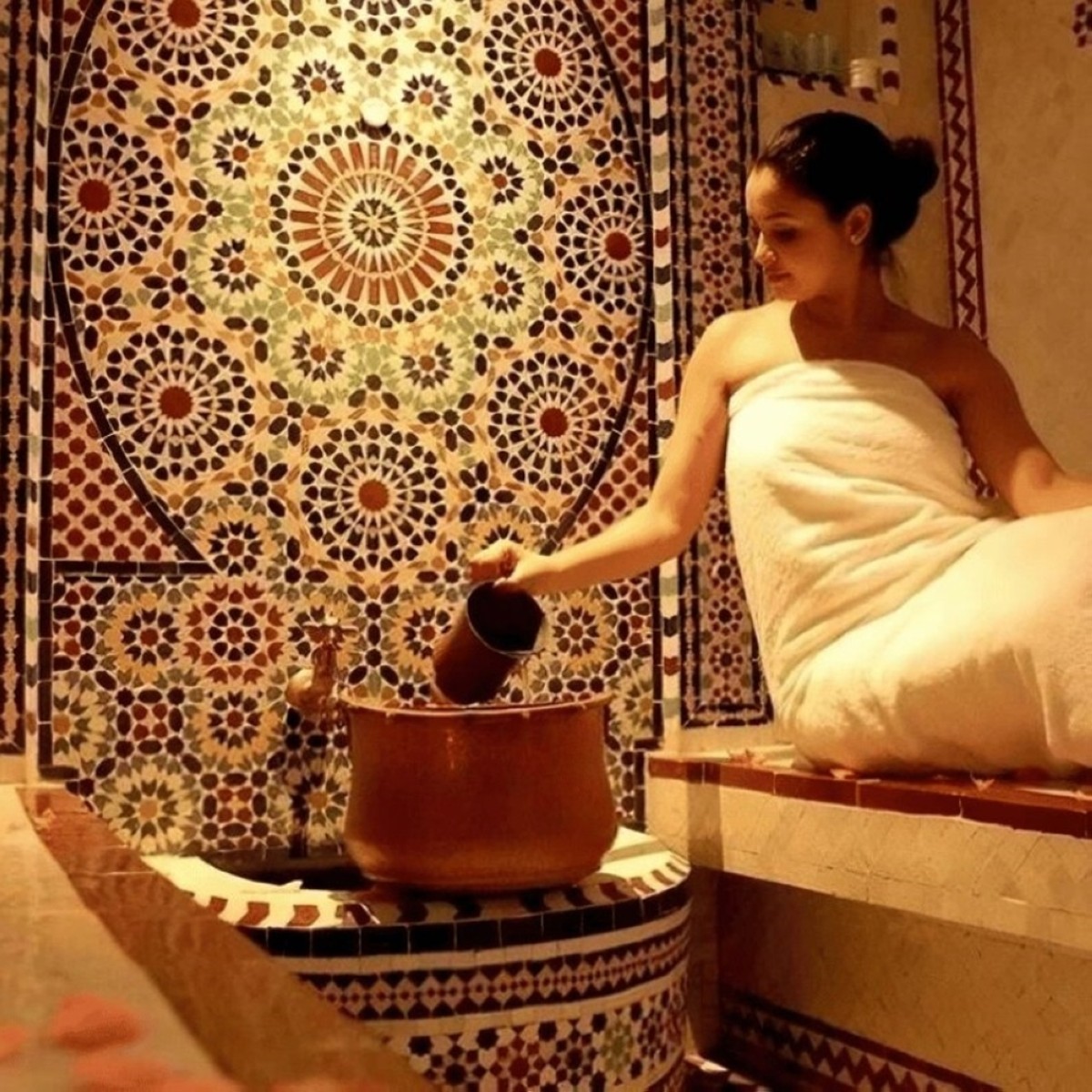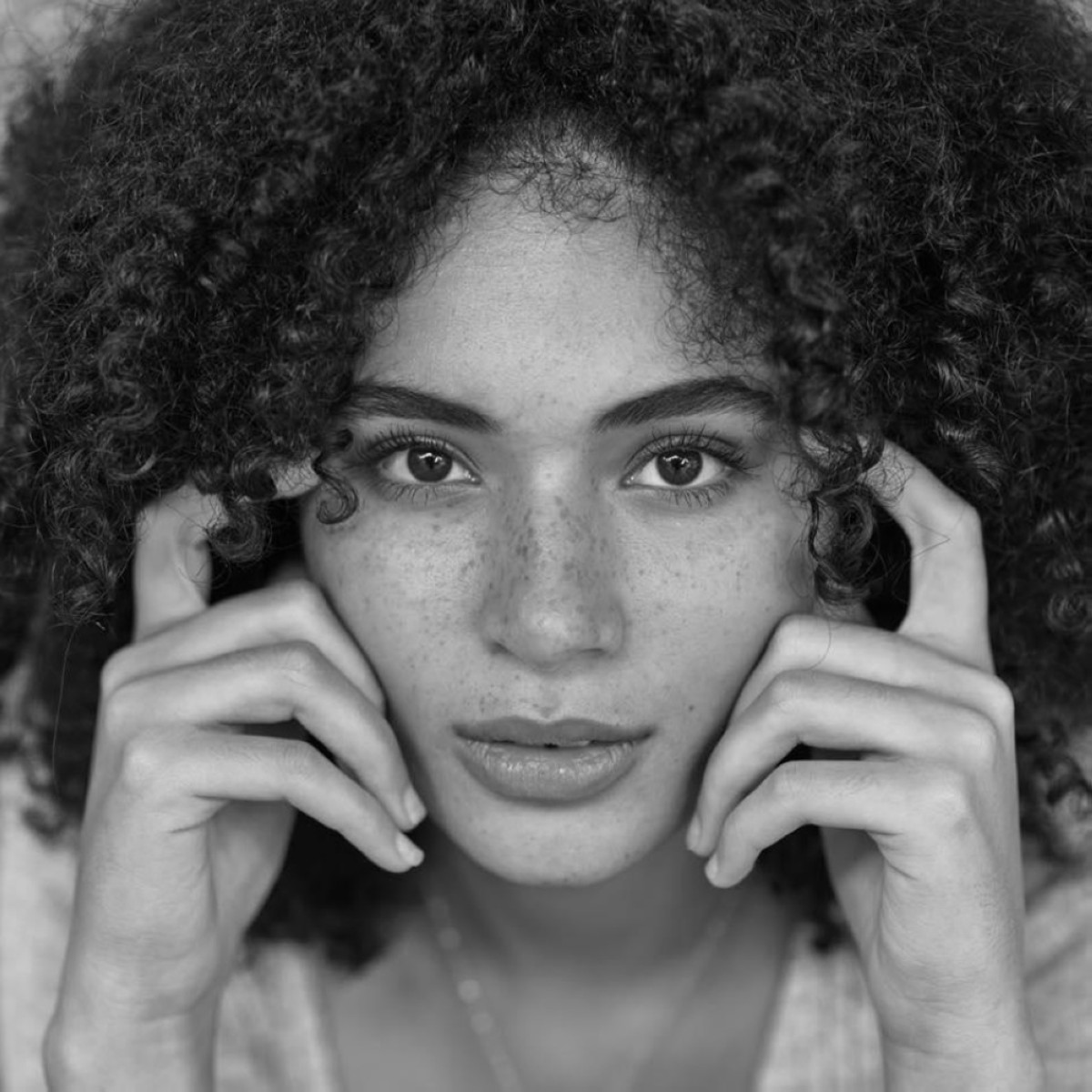Middle Eastern people are known for their beautiful skin and natural remedies for achieving a shining glow. We’re looking at some of the ancient beauty methods that have been passed on from generation to generation, especially in a world where for our quick beauty fixes, we run to Dashe Beauty or some other popular salon. These natural remedies take time and they work so it’s time we take a few steps back and look at some natural methods of maintaining ourselves.
Mystical Remedy: Homemade Rosewater toner
There’s no way you could leave rose water out of this list because it’s not just good for adding flavor to desserts—it’s also great for your skin! It’s a natural way to tone your skin, and it’s something you actually use in your skincare routine. After cleansing, you use rose water to balance your skin without drying it out. Then, you apply your moisturizer. Rose water smells great and has a nice cooling effect, and since it’s pure rose water, you’re not adding any extra chemicals, but you’re unclogging clogged pores, and balancing your skin’s pH.
Rose water isn’t just good as a toner; you can also mix it with masks to boost their skin benefits. You can make it at home too; just take a few fresh rose petals and grind them to release their oils. Place the petals in water and gently boil with the lid on to lock in the fragrance. It’s definitely a staple in every Arab woman’s home.






Sugar waxing or halwa in Arabic
Halwa simply means candy in Arabic, and as you can guess, you caramelize the sugar to actually create a natural wax that’s hot, and sticky, and it exfoliates the life out of your skin. Sugaring is a natural form of hair removal, similar to waxing, made from three simple ingredients: sugar, water, and a bit of lemon. You can easily make it yourself at home, and there are plenty of tutorials on YouTube if you’re interested.
You may buy ready-made sugar paste from the supermarket. To use it, scoop out the sugar paste and mold it with your fingers until it softens with your body heat. Once it’s at the right temperature and consistency, you can apply it in the direction of hair growth and then quickly tug it back. This method effectively removes hair, and with regular use, it can even minimize hair growth over time
How Hammam (Moroccan Baths) Contribute to Middle-Eastern Beauty Standards
You’ve probably heard of Hammam or Moroccan baths, these are now available around the world and each has its unique charm. Traditionally, Moroccan bath places are called hammams, and today many spas offer Moroccan baths as a service, but the true experience is life-changing.
Hammam is a communal steam room so your body is first steamed to open up all your pores. And then traditionally, the bath attendant will come in with a rough mitten for exfoliating. She’ll spread black Moroccan soap—a natural product—across your body and begin scrubbing thoroughly and if it’s your first time, a ridiculous amount of dead skin comes off. Most of us don’t realize just how much dead skin we have.
After the scrubbing, she’ll wash you clean, and this part feels almost like being a baby again, as all that dead skin is rinsed away, leaving your skin silky smooth. Sometimes, they’ll apply ghassoul—a Moroccan clay—over your face, hair, and body to cleanse and tighten your pores further. You can also use ice water to close all the skin pores immediately.
After a Moroccan bath, you’ll feel completely refreshed, like you’ve shed a layer of old skin. It’s an ideal treatment for brides or anyone looking to feel renewed. If you can’t find a nearby hammam, you can easily recreate the experience at home with Moroccan bath kits. The kits usually include the mitten and black soap. Just stand in a steamy shower to open your pores, use the mitten, apply the soap, and scrub away. While home kits are effective, having a professional do it offers a more thorough experience.
Using Frankincense (Luban) for Hair and Skin
Another staple you’ll find in a Middle Eastern home is frankincense, also known as luban. It looks like tiny pebbles or little golden rocks and smells divine. Frankincense comes from a tree that produces sap, which hardens over time. The best quality typically comes from Yemen and Oman. You can use frankincense in three different ways:
Burning for aroma: You can burn it to release a beautiful scent that purifies the air. It’s perfect for getting rid of lingering odors, like fish, and replaces them with a mild, pleasant frankincense fragrance.
Chewing for oral health: You can chew it like gum, as its antibacterial properties help freshen your breath and improve dental health.
Using the oil for skin and hair: Frankincense oil is great for combating dandruff and reducing hair loss. It’s also beneficial for acne-prone skin and has anti-aging properties.
Historically, frankincense was highly valued and was once one of the most traded commodities. It remains highly regarded in the Arab world, and modern science is gradually discovering its benefits for both beauty and health. Get more inspiration by visiting our website https://dashebeauty.com or follow up on our beauty blog. — Dashe Beauty Kuwait.

